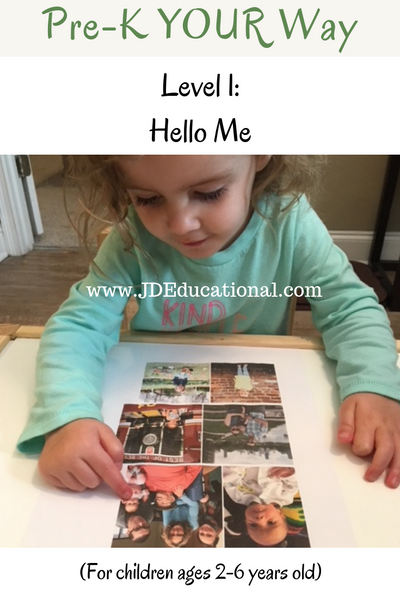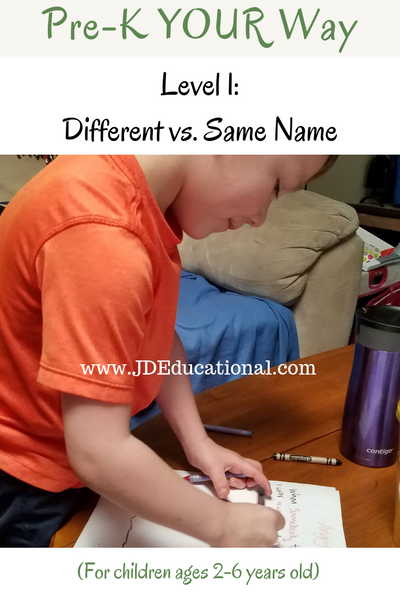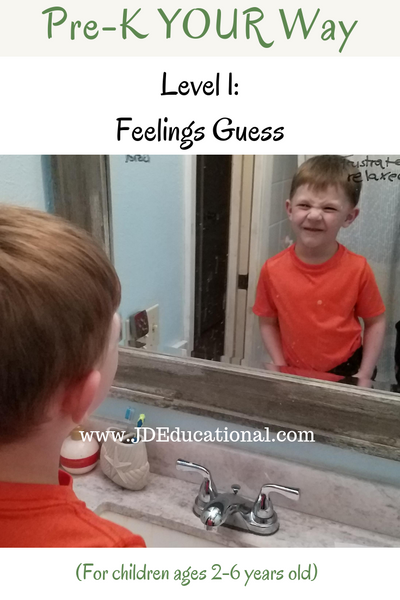Children are learning all of the time. Following directions includes something called "auditory processing". This activity is exciting for children as it is somewhat silly, but at the same time teaches them to be aware of sounds in their environment and cues to "start and stop"! Fine Motor control and Motor planning (how they use their body in space) is also included in this activity.
Materials Needed
- One (1) Piece of Paper
- One (1) Box of Crayons
Instructions:
Step 1: The adult should sit with the child near a hard surface that the child can use to draw a picture on.
Step 2: Ask the child to choose a crayon from the crayon box.
Step 3: Tell the child the adult is going to make some sounds. They should do the following:
- When the adult starts to make a sound, the child should start to draw a line or squiggle.
- When the adult stops making the sound the child should stop drawing and put the crayon down.
Step 4: The adult should saying the sound “laaaaaaaaa” for three seconds.
- As soon as the adult starts to say “laa” the child should start drawing a line or squiggle.
- After 3 seconds stop saying “laaa”. The child should stop drawing immediately.
Step 5: Tell the child to pick a new crayon color. The adult should say the sound “moooooooo” for five seconds.
- As soon as the adult starts to say, “moo” the child should start drawing a line or squiggle.
- After 5 seconds stop saying “moo”. The child should stop drawing immediately.
Step 6: Tell the child to pick a new crayon color. The adult should say the sound “grrrrrrrrrr” for ten seconds.
- As soon as the adult starts to say, “grr” the child should start drawing a line or squiggle.
- After 10 seconds stop saying “grr”. The child should stop drawing immediately.
Step 7: Tell the child to pick a new crayon color. The adult should say the sound “eeeeeeeeeeeeee” for 20 seconds.
- As soon as the adult starts to say, “eee” the child should start drawing a line or squiggle.
- After 20 seconds stop saying “eee”. The child should stop drawing immediately.
Step 8: Ask the child to look at all of the lines or squiggles they drew. Ask the child:
- Which line is the longest? Why? What color is it?
- Which line is the shortest? Why? What color is it?
Learning Objectives:
Math/Science
Introduction to Measurement
Language/Literacy
Use words and gestures to communicate.
Follow simple directions.
Problem Solving
Identify three or more colors.
Identify objects by one quality (characteristic i.e. Size, color)
Try over 20 more Activities in our FREE Sample Guide








